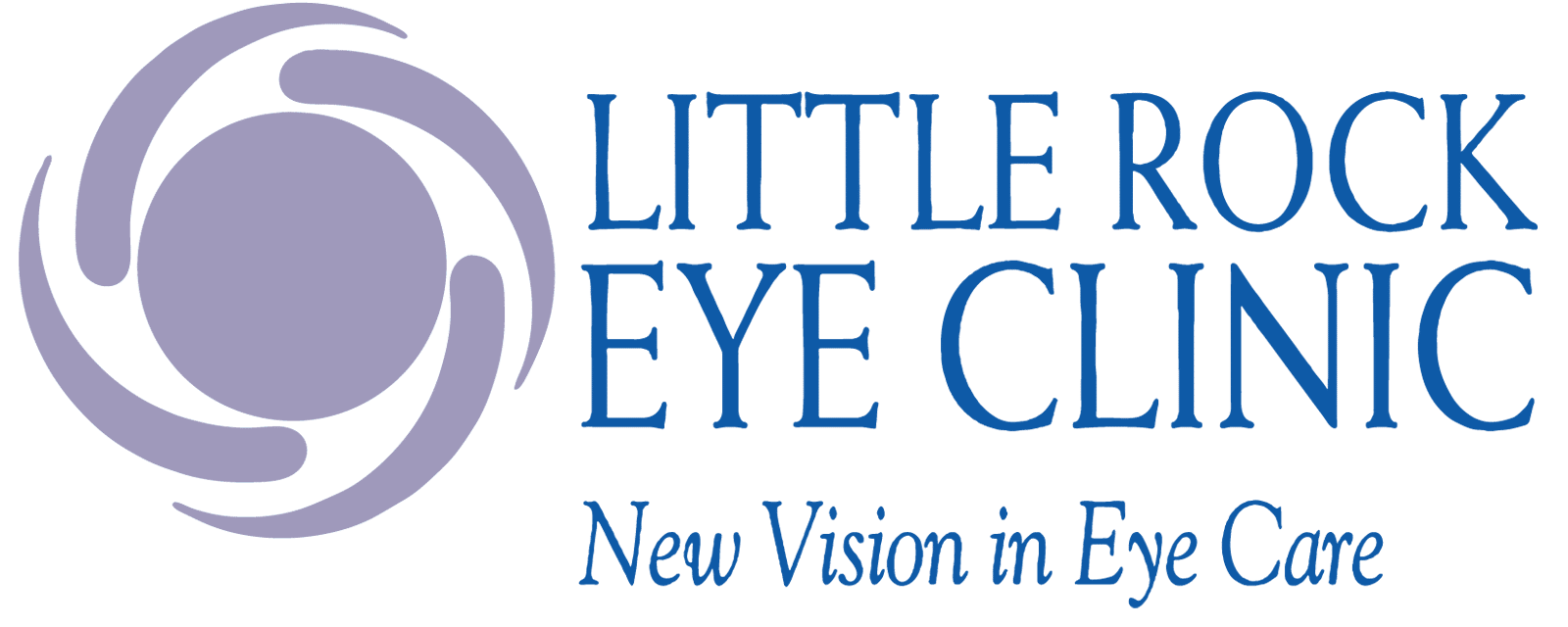Laser iridotomy is a procedure used to treat patients with closed angle or critically narrow angle glaucoma.
A clear nutrient fluid (aqueous humor) is produced in a specialized structure located behind the iris (ciliary body). This fluid circulates around the lens, through the pupil and drains from the eye in the junction (the angle) between the clear part of the eye (cornea) and the white part of the eye (sclera).
Figure 1: The normal flow of fluid is represented by the blue line.

In some patients, this pathway can become obstructed. This can result in a painful and potentially rapidly blinding disorder called acute angle closure glaucoma.
Figure 2: The normal flow of fluid is obstructed and fluid accumulates behind the iris causing it to bow forward and further prevent the flow of fluid out of the eye.

A laser iridotomy provides an alternate route for fluid to circulate from the back of the eye to the front. This in-office procedure can halt or prevent an acute angle closure attach.
Figure 3: Following a laser iridotomy, fluid is allowed to flow from the back to the front of the eye and the iris returns to a normal position.

The iridotomy site is a small hole, usually positioned under the upper eyelid. It should not be noticeable to you or anyone looking at you.
Figure 4: Close-up view of a laser iridotomy site.

On the day you have a laser iridotomy performed, your vision and intraocular pressure will be checked. You will have several drops placed on your eye in preparation for the surgery. One of the drops will cause your pupil to constrict and may produce a mild headache. The only anesthesia required for this procedure is topical eye drops.
In the laser room, you will be seated in front of the laser. A special lens is used to focus the laser beam. This lens requires the use of a clear gel. When the lens is placed on your eye, you may feel some of the gel on your eyelid or cheek, this is normal. During the laser surgery, you will see a flash of light and may feel a slight pinch. This is also normal.
Figure 5: Laser iridotomy surgery being performed
After the laser surgery, the gel will be rinsed from your eye and additional eye drops will be administered. Your vision may be slightly blurred from the gel and/or the lens.

Rarely laser surgery can result in an increase in intraocular pressure, a small hemorrhage or excess inflammation. In order to detect this, should it occur, you will be asked to sit in the observation area for about an hour. At that time, your intraocular pressure will be checked. If everything is staisfactory, you may go home. It is best to have someone available to drive you home after the laser procedure. You will be asked to use eye drops for a few days following the surgery.
If your intraocular pressure increased following surgery, you may be asked to stay in the office for additional medical treatment until the pressure level is acceptable. Generally any pressure increase following laser iridectomy is transient and easily treated with glaucoma medications. Rarely the pressure increase may be resistant to medical therapy and urgent glaucoma surgery may be required.
The primary risk of laser surgery is that your body will close the hole by the helaing processes that normally occur following any type of surgery. If this happens, a repeat laser surgery will be required. Usually if the hole remains open for one month, it will remain open permanently.
Illustration Acknowledgments:
Figure 1-3 www.xalatan.com
Figure 4 www.mrcophth.com
Figure 5 www.mdeyedocs.com
- About the Author
- Latest Posts
With a legacy spanning over five decades, Little Rock Eye Clinic has been the cornerstone of eye health in Central Arkansas, offering comprehensive services from routine eye care to complex disease treatment. Originating from the Cosgrove and Henry Clinic and evolving through various expansions and specializations, our clinic now boasts three locations, a team of board-certified eye care specialists, and a full optical department, making us a one-stop solution for all your eye care needs.

